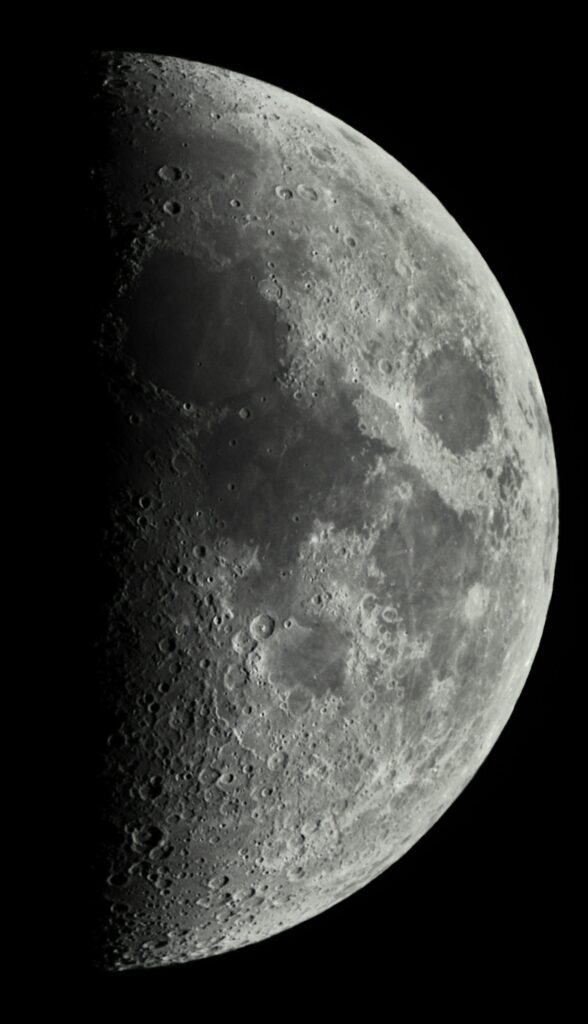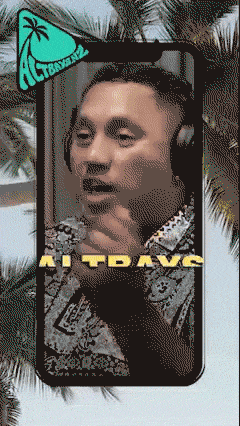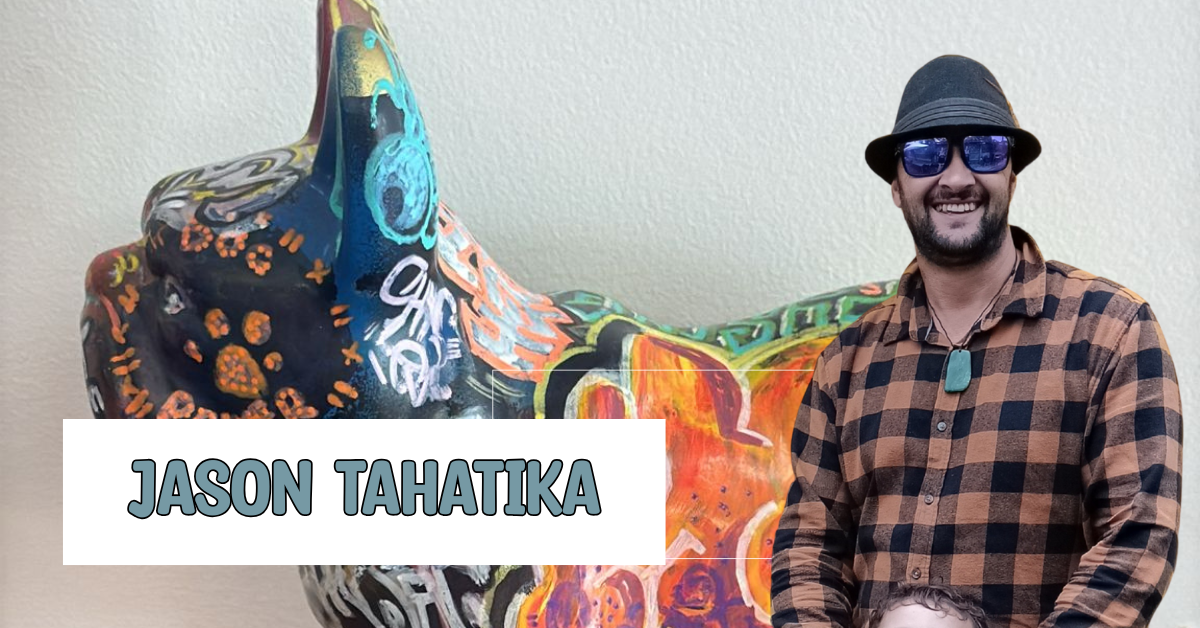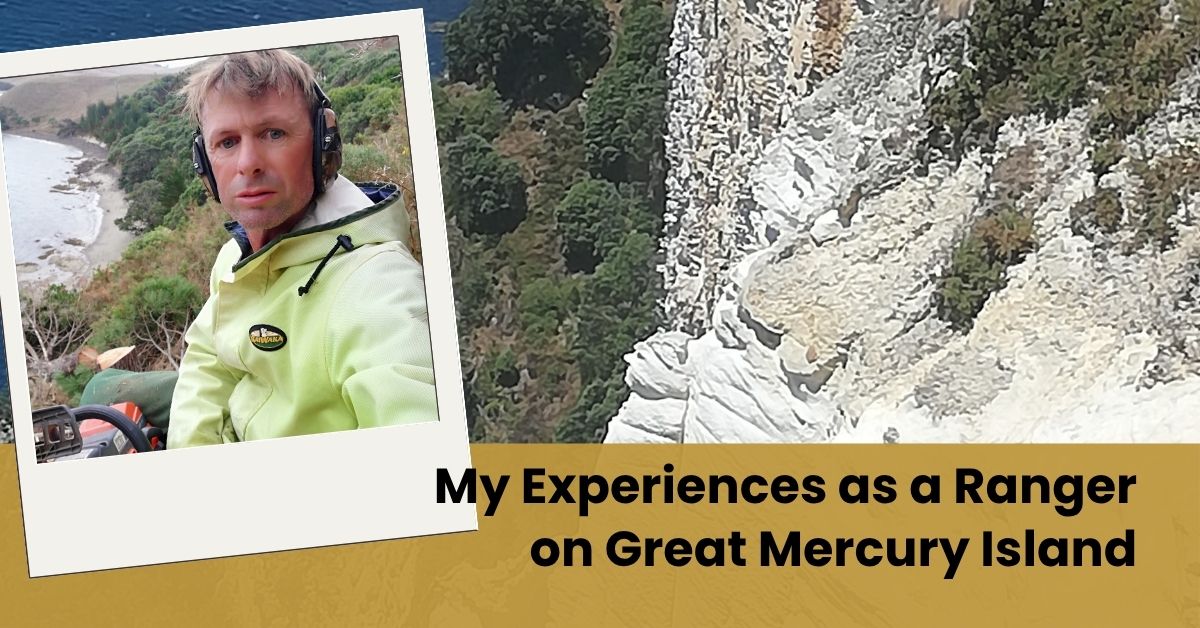
Estimated to be 24 light-years across and 1400 light years away
Total exposure: 1 hour
Astronomy advice for beginners
Whether you are 8 or 80, it’s never too late to start astronomy and learn our place in the universe. Did you know you can see our own galaxy with your unaided eyes? Craters of the moon with binoculars? Countless wonders await you any clear night. When attempting to view the night sky, location is key but fortunately in the Coromandel Peninsula we are spoilt for choice for areas free from light pollution, like Opito Bay.
The first step for beginners is simply to look up and ask, “What’s that?” Please allow your eyes to adjust to low light for around 15 mins, and nowadays it has never been easier to locate the Milky Way, constellations, planets and even nebulae on phone Apps like Sky Safari.
So that’s the bare bones. Now you may want to take it a step further and buy some equipment. The next step would be some binoculars. They are very versatile and can offer up great views of the moon, planets and even some deep sky nebulae like the great Orion Nebula M42 (pictured). However, it will only appear as a small grey fuzzy patch. Magnification sizes like 7×50 or 10×50 are great for beginners. However, although binoculars are great and easy to use, you can’t get close views and take images.

Half-lit casts shadows across the craters
Average distance from earth: 384,400 km
So lastly, I will offer some basic advice for equipment. Do your research and do not buy a scope with a cheap fork mount, it will wobble, and the views are far worse than a good set of binoculars. For a beginner who wants the best views on a budget, you can’t really beat a Dobsonian 6 inch.
Astrophotography can be as cheap or expensive as you like; you can simply take good moon pictures using a phone mount and a telescope. If you’re already into photography, you can do widefield Milky Way shots with a DSLR camera and a tripod. Deep sky pictures like my Carina Nebula (pictured) take hours of exposure time to pick up the faint light coming from these distant gas clouds.
My Instagram is “astro_brew_”. I post my space images here with information on the equipment used and the editing programs I use to edit the images too.

8500 light years from earth and about 230 light-years across
2.5 hours of exposure
My current equipment, used in the pictures:
Skywatcher ED80 black diamond refractor telescope. Sky watcher EQ3 goto mount
-Words by by Rob Spencer






